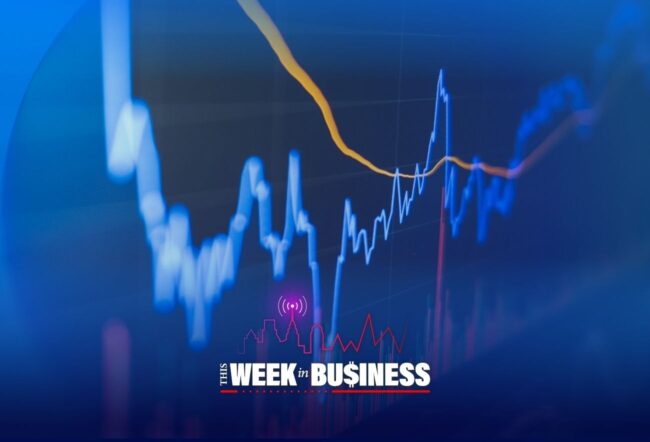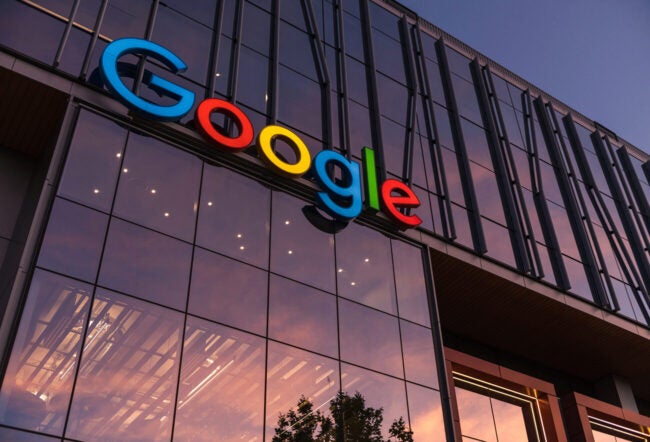An ordinance passed last week by the city of Portland, Ore., to address income inequality with a surcharge on excessive CEO compensation has gained worldwide attention. But while it’s being called the first-ever tax to directly address income disparity, two Wharton experts say that the ordinance could ultimately become counterproductive.
Portland city commissioner Steve Novick, who spearheaded the surcharge, traced the rising economic inequality in the U.S. over the past four decades to the topmost rung of the income hierarchy, arguing that CEOs populate it in large numbers. “We hope this idea spreads around the globe,” he said.
But Wharton accounting professor Wayne Guay faulted Portland for singling out only CEOs with its surcharge, which applies to heads of companies who earn at least 100 times the pay of their firm’s rank-and-file employees. Guay said the focus must instead be on raising incomes from the bottom up at corporations. Wharton management professor Adam Cobb noted that the surcharge could compel companies to outsource or offshore more jobs, leaving lower-level workers worse off than before.
Novick, Guay and Cobb discussed the wider implications of Portland’s surcharge on the Knowledge at Wharton show on Wharton Business Radio on SiriusXM channel 111. (Listen to the podcast at the top of this page.)
Portland’s surcharge, which would be levied on firms as an add-on to the city’s business tax, could affect more than 500 large corporations that do business in the city including Wells Fargo, Walmart and GE. The tax takes effect in 2018 and will be based on data released by the Securities and Exchange Commission (SEC). An SEC rule requiring companies to make public the ratio of CEO pay to the median wages of employees takes effect on January 1. Portland expects to raise between $2.5 million and $3.5 million annually from the surtax, and city officials hope to use it to fulfill a recent pledge to expand services for the homeless.
“[Such moves] would boost the median wage, but wind up being worse for low-wage workers in the aggregate.” –Adam Cobb
The Call of the Times
CEO compensation has been a hotly debated issue for several decades now. Companies face increased regulatory requirements to disclose CEO compensation packages, in addition to being subject to tighter governance structures to ensure compensation committees are made up of independent directors, said Guay. Cobb also noted the rise in shareholder activism in recent years regarding CEO pay levels. Novick recalled an attempt in 1993 by then-President Bill Clinton to limit the tax deduction for CEO pay at companies to $1 million, but the proposal never gained traction.
Novick said he was prompted “to do something about CEO pay” after reading about a similar but abortive move in California a couple of years ago. He decided to act with the Portland proposal “since we have damaging, extreme economic inequality in the U.S., and CEO pay is a major part of that.” He was emboldened by the SEC’s requirement on that front as well. “Why not establish a tax surcharge on companies where there is an extreme ratio in order to prod corporate America back to equitable pay scales?” he asked. The overarching idea behind the surcharge is to “encourage companies to reduce CEO pay and raise the typical worker’s pay,” he added.
Portland’s surtax plan has received “an excited reaction” from labor and social justice groups and support from economists including Thomas Piketty and City University of New York professor and former World Bank economist Branko Milanovic, said Novick. However, the Portland Business Alliance, which is the local chamber of commerce, has opposed the plan.
Novick said the city did not get an outcry from the business community on the scale that it expected. Nor did he expect the surcharge to turn business sentiment against Portland to the degree that companies may decide against making fresh investments there. “It’s a tax on business profit, and if you make slightly less profit, I don’t think it would lead companies to not invest here at all.”
“Why not establish a tax surcharge on companies where there is an extreme ratio in order to prod corporate America back to equitable pay scales?” –Steve Novick
But Guay suggested that companies may have decided to shrug off the surcharge since it would not affect them much, at least in its current form. The estimated taxes from the roughly 500 companies that would be subject to the surcharge would average out to a few hundred thousand dollars for each company, he noted. “That’s not going to force Walmart or Target to change their CEO pay,” he said. “Of course, they might be concerned that if every city in the country passes a similar tax, it could start to add up.”
Singling Out CEOs
Although he said he shares Novick’s concerns on income inequality, Guay asked, “Why are CEOs singled out?… One concern is that there is really no economic reason why the CEO’s pay would be correlated with the median pay of the workforce.”
Guay noted that efforts to rein in CEO pay by legislators, Congress and the SEC have gone on for 30 years without success. “Research shows that there are strong economic factors that determine CEO pay,” he said. “Larger firms and firms that are more complex and riskier pay their CEOs more because they need certain skills. The pay of lower-level workers is dictated by supply and demand of the types of workers you need, and their skill set and education levels. The problem with this tax is that it doesn’t tell you whether the CEO is overpaid or whether the workforce is underpaid.”
Novick argued that “strong evidence” exists to show that CEOs are overpaid. “Research has shown that companies that pay their CEOs vastly more than the typical worker do not perform better economically than companies that don’t,” he pointed out. He dismissed the idea that decisions on CEO compensation are market-driven.
“The reason we are going after CEO pay is that extreme CEO pay has been a major driver in the development of extreme economic inequality,” said Novick. In the 1960s, CEOs earned 20 times the salary of a typical worker, but that ratio is “hundreds of times” now, he added. “The richest one percent and the richest one-tenth of one percent have vastly more wealth, income and power than they did 40 years ago.”
“There is really no economic reason why the CEO’s pay would be correlated with the median pay of the workforce.” –Wayne Guay
Cobb expected the Portland move to have unintended adverse effects, even as he agreed that income inequality needs to be addressed. In order to avoid the tax, large companies might try to boost their median wage levels by outsourcing and offshoring services and laying off lower-wage workers, he noted. “[Such moves] would boost the median wage, but wind up being worse for low-wage workers in the aggregate,” he said. He suggested linking CEO pay to metrics that companies cannot easily manipulate, such as revenues. “There are things I can do as a CEO to affect the denominator and not the numerator. It winds up being worse off for workers, and it doesn’t aim more structurally at the problems.”
The Road Ahead
Guay suggested that a wider net is needed to tame income inequality. “A few thousand CEOs would have a CEO-to-median-worker pay ratio of 100, but there are hundreds of thousands of people that make that same level of income,” he said. “I would rather see the focus be on the median pay of the workers rather than on trying to rein in CEO pay…. Focus on how to train workers to be better skilled and better educated and increase wages for those people.”
There are “strengths and weaknesses of the arguments on both sides,” Guay added, citing research on the subject he has followed for about 25 years. “I would rather see this addressed in an across-the-board debate as opposed to individual cities [acting on it].”



